I have a List View in which there are two Child Views. One is the Display View and another is Edit View. Here is how I have defined the List (Parent) view. Note that I want the two child UserControl's to occupy different space in the Parent.
<UserControl x:Class="RelayAnalysis_UI.Views.Relays.RelayListView"
....
<ContentControl x:Name="GroupDetail" Grid.Row="2" />
<TabControl x:Name="Items" Grid.Column="0" Style="{StaticResource TabControlStyle}" Margin="5,0,0,0"/>
</UserControl>
Then In my view model, I activate these items based on user responses in the following manner
**View Model **
[Export(typeof(RelayListViewModel))]
[PartCreationPolicy(CreationPolicy.NonShared)]
public class RelayListViewModel : Conductor<IScreen>.Collection.OneActive, IHandle<Group> {
....
public void Edit() { //Requested Edit
RelayEditViewModel viewModel = TryAndLocateViewModel(SelectedRelay.Group.Rack.Id, SelectedRelay.Group.Id);
ActivateItem(viewModel);
}
....
public void ViewGroupDetail(Relay relay) { //Requested View
GroupDetailViewModel viewModel = container.GetExportedValue<GroupDetailViewModel>();
ActivateItem(viewModel);
}
The above code works but the Detail View is loaded in the Tabs space (the space meant for the Edit View). Actually, the ActivateItem(viewModel) does pick up the correct type of view to display but it is loaded in the wrong place for the Display View, that is, the Display View is loaded in the Edit View's space on the screen. Surely I am missing some obvious stuff.
In summary, how do we get two UserControls defined in a Parent UserControl to activate in its own space?
Edit - 1:
Here are two Screen Shots which show where I need to load the Edit and Detail Views respectively.


As you can see in the second screenshot, the Detail View gets loaded in the Detail Area as well as the Edit Area(Tabs). I wan't the Detail View only to appear in the Detail Area. The Edit Area is only for the Edit View.
Here is the code that I have used to generate the screen shots.
The Main View that houses both views
<UserControl x:Class="RelayAnalysis_UI.Views.Relays.RelayListView"
<Grid>
....
<ContentControl x:Name="GroupDetail" HorizontalContentAlignment="Left"
cal:View.Context="GroupDetail" cal:View.Model="{Binding ActiveItem}"/>
<TabControl x:Name="Items" Grid.Column="0" Style="{StaticResource TabControlStyle}" Margin="5,0,0,0"
cal:View.Context="RelayEdit" cal:View.Model="{Binding ActiveItem}"/>
</Grid>
</UserControl>
Edit 2: I think I am very close to get it working. As per your suggestions I modified the Main(Parent) container as below.
<UserControl x:Class="RelayAnalysis_UI.Views.Relays.RelayListView"
<ContentControl x:Name="GroupDetail" HorizontalContentAlignment="Left" />
<TabControl x:Name="Items" Grid.Column="0" Style="{StaticResource TabControlStyle}" Margin="5,0,0,0" />
The Edit Screen and Detail Screens now appear in their proper places. However, the Detail ViewModels OnActivate is not called upon so I get a blank Detail View with no variables populated. All loading of Details View field is done on the OnActivate() override. Here is how my GroupDetailViewModel is defined
[Export(typeof(GroupDetailViewModel))]
[PartCreationPolicy(CreationPolicy.Shared)]
public class GroupDetailViewModel : Screen {
...
protected override void OnActivate() {
base.OnActivate();
..
}
So certainly, I am missing some attribute. Or will I have to call some method on the GroupDetailViewModel to load the details manually ?